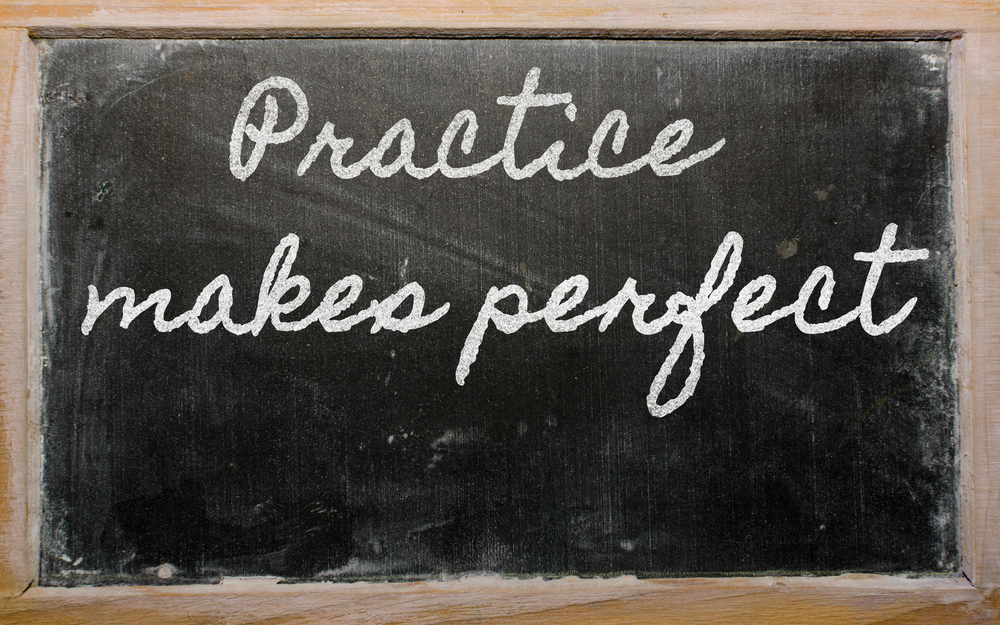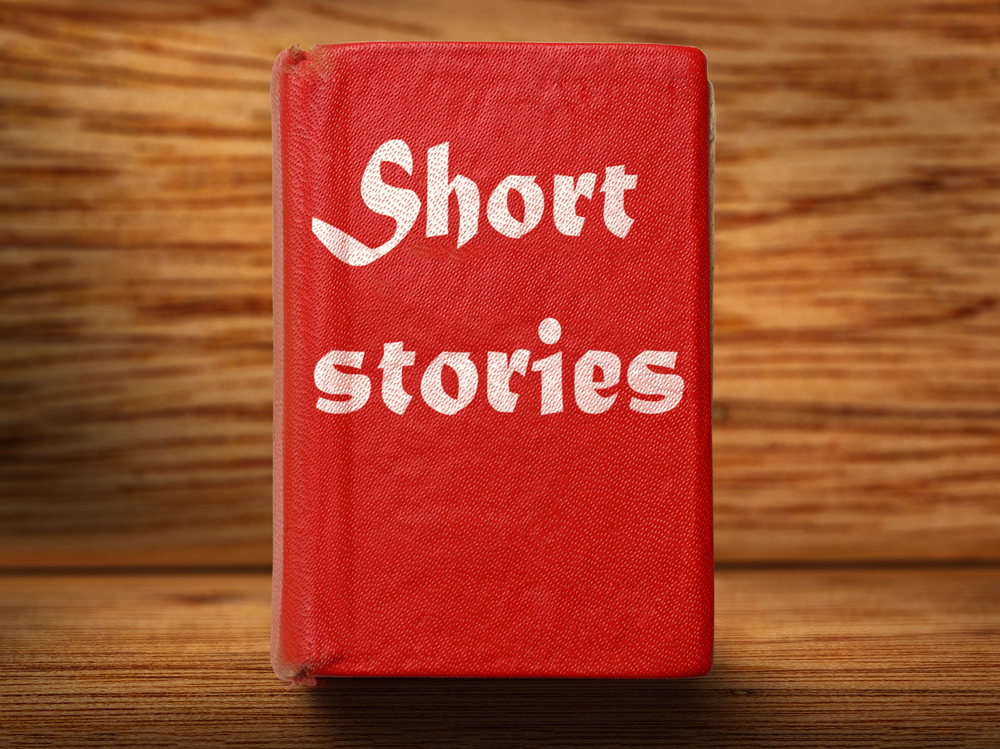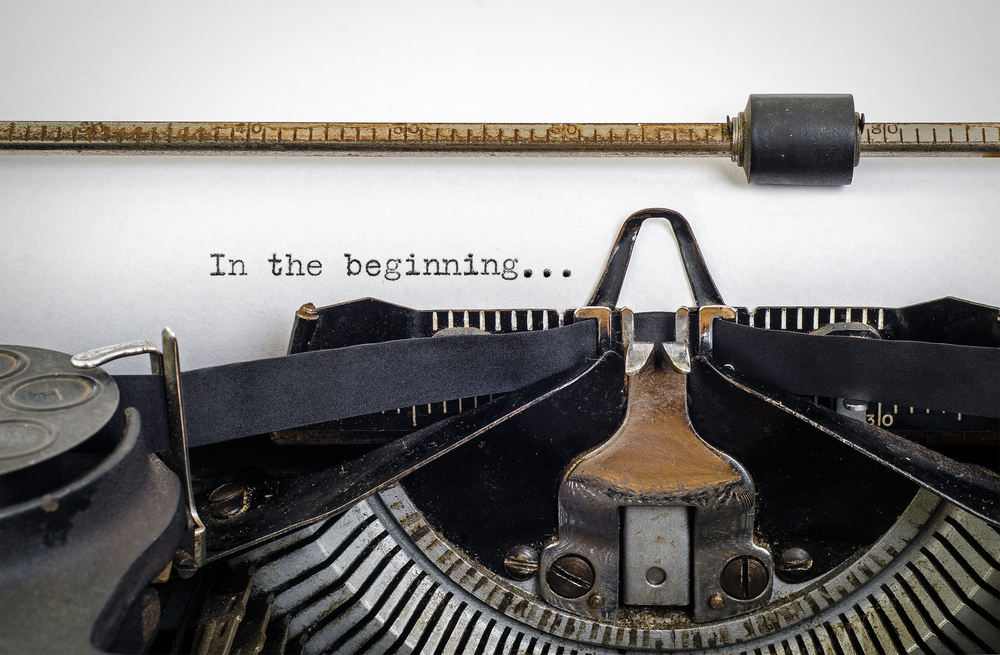The written word is still undoubtedly one of the best ways to create brand awareness. Even with the world digitizing, written word continues to dominate and supplement other forms of content creation. That’s why it’s crucial for brands to know how to create reads that tap audience attention for increased traffic. To help you out, here are tips for writing on your site and getting readers. 
1. Understanding your demography
Before creating content, it’s essential to research on what your reading demography like. In your search you will discover their itched questions, what’s googled most, the particular tone they are interest in and structure most are accustomed to. Based on these findings, you can draft a unique yet captivating read that addresses their concerns in a way that reach out to them most.
2. Be Keyword specific
The best way to attract readers to your site is by optimizing keywords in your content. This way, whenever, they query search engines like Google, your website can rank first. Keywords are terms that identify specifically to the search queries of your writing demography.
3. Content readability
With the number of mobile readers increasing by the day, it’s essential to create content that can be skimmed through easily. Avoid un-meaningful long paragraphs full of fluff and carrying more than two concepts. Instead, use short paragraphs that are brief and direct. Maximize of sub-topic use as it makes readability easier.
4. Incorporate infographics in your reads
Unless you are doing a white paper on a specific topic, it’s always best to add pictures and videos to your text. They break the monotony of writing and help with an illustration of what is being said. It’s also proven sites that make use of infographics in their content structure are more likely to attract readers than those that don’t. Make use of the four mention tips to increase readers on your site.


